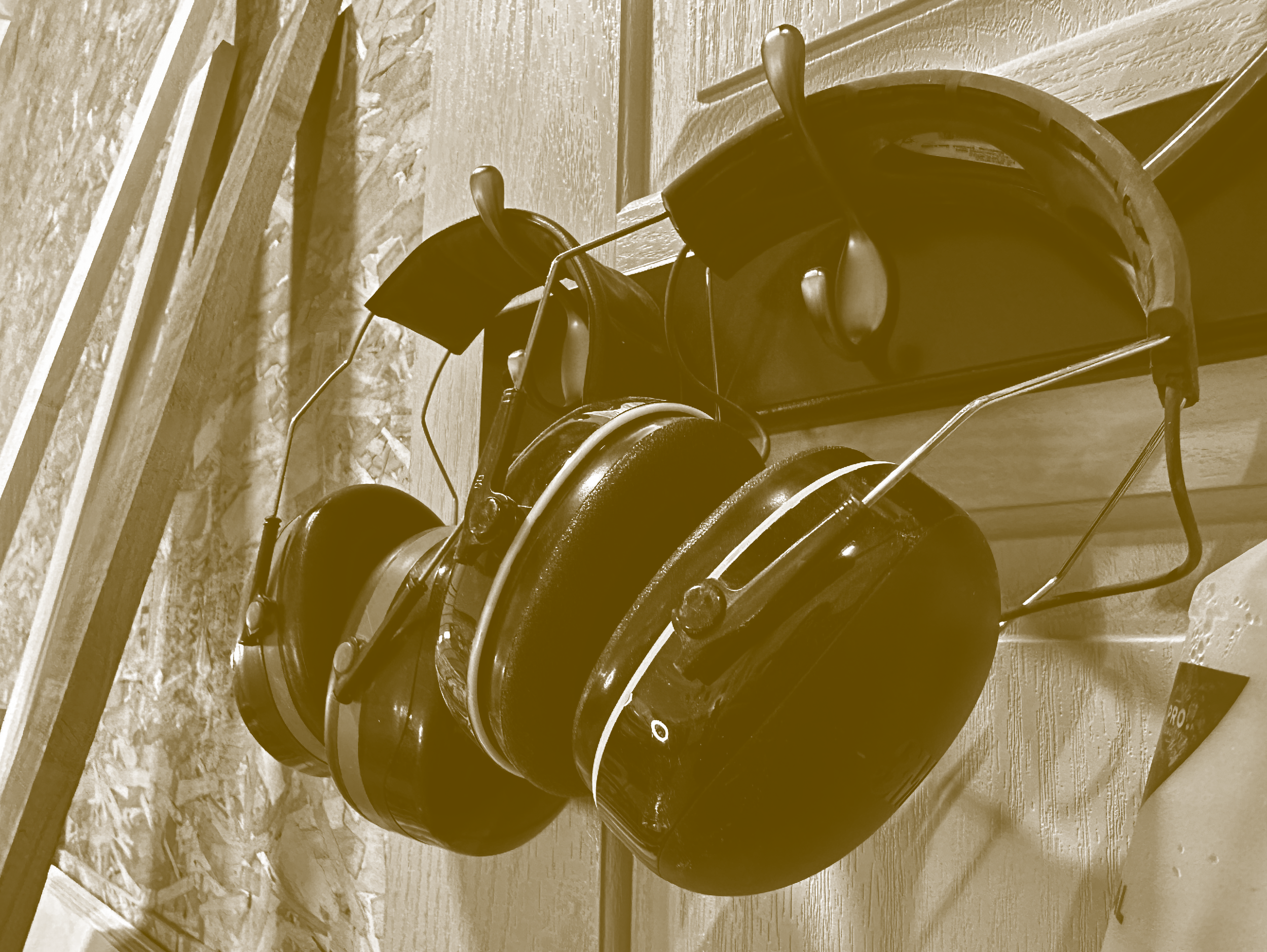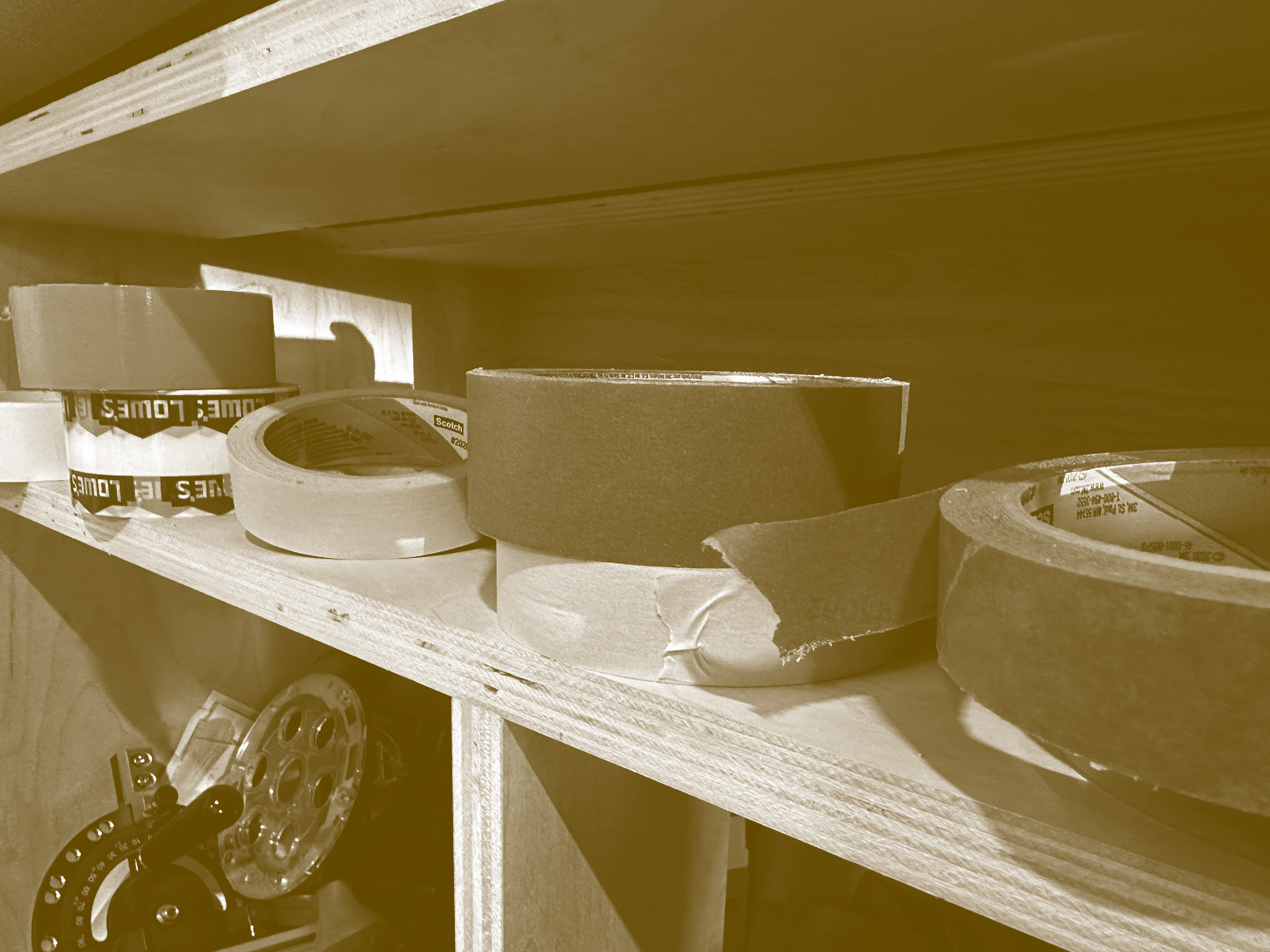WOOD CUTTING BOARD Q+A
FREQUENTLY ASKED QUESTIONS



What’s the difference between a cutting board and a carving board?
Cutting boards are everyday all-purpose boards for slicing bread, fruit, veggies, etc. They usually have an edge or face grain. Carving boards tend to be larger and have a groove to capture meat juices. They can be edge or end grain – though end grain is easier on your knife.
What size board do I need?
Baby boards (approx 6”x10”) are for small quick uses. Think lime drink garnishes or cheese for snacking.
Kitchen boards (approx 10”x16”) make food/dinner prep easy peasy. Think veggies for a stirfry or soup.
Carving boards (approx 12”x18”) are for those juicy slabs of meat fresh off the grill or out of the oven. The groove keeps meat juices from spilling over and making a big mess.
Bread boards (approx 6”x15”) make cutting, presenting and serving artisan loaves a breeze.
Charcuterie board (approx 12”x12-16”) are perfect for presenting and serving a variety of meats, cheeses, nuts, olives, and other condiments. They’re generally larger and more square than other boards.
Can I cut raw meat on my board?
Yes! Wood has antimicrobial properties and is safer than plastic in the long run. Though it is porous, it absorbs, traps, and ends up killing any bacteria – while a scratched up plastic board becomes a breeding ground for bacteria and can harbor harmful pathogens. Still, it’s best to keep different board for specific food groups and wash them well after each use.
Can I put my board in the dishwasher to sanitize it?
NOOOOOOOO! Never should you ever! The temperature and moisture of a dishwasher will warp, delaminate, and utterly destroy your board. Always handwash and air dry your board.
Do I need to oil my board?
Periodically, yes. Oil preserves the wood, prevents it from drying out, acts as a water repellant, and creates a stain barrier. Use only a food-grade, inert mineral oil made for this specific purpose. (Do not use vegetable or cooking oils, as these can go rancid.)
Can I use vegetable or coconut oil on my board?
See above. It’s best not to, as these oils can go rancid resulting in unpleasant odors and aftertastes.
What’s the difference between face, edge, and end grain?
Think of a plank of wood that has a smooth, flat, top (the face), long narrow sides (edges) and two ends. Face grain boards have distinct horizontal grains and are very attractive, but they show knife marks fairly easily – so they’re not great for frequent, heavy chopping. If you have an inexpensive or low-quality knife, face grain boards can dull or damage your blade. Edge grain boards are tougher than face grain boards, but can also be hard on your knives. End grain boards have vertical grains, which absorb the knife cuts and then spring back – showing less wear and tear as a result.
What’s the best wood for a cutting board?
Most hardwoods. Revel boards are primarily made from North American hardwoods such as walnut, maple, cherry, and beech – as they are local and can be sustainably sourced. (Oak and ash are not great choices due to their open grain.) Rainforest hardwoods such as teak, acacia, bloodwood, and purpleheart are also good choices and I may occasionally use a flash of these species to provide a colorful accent, but availability varies and I won’t use if I can’t guarantee it is sustainably harvested.
How long does a wooden cutting board last?
With proper care, a lifetime.
How heat resistant is a wooden cutting board?
While wood is heat resistant, using your board as a trivet could damage it. Sudden temperature changes expand and contract the wood, and a hot pan can burn and scar your board.
Can I use a resin board as a trivet for hot pans?
Resin can only handle up to 120° F, which is far less than stove or oven output. To avoid damage, use a dedicated trivet instead of your artisan board.

